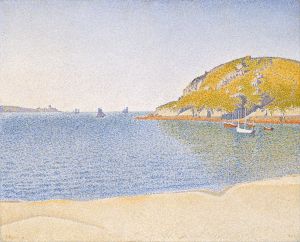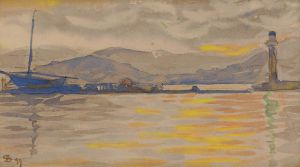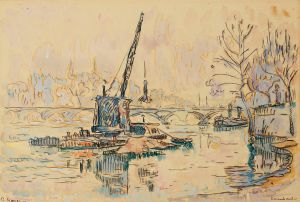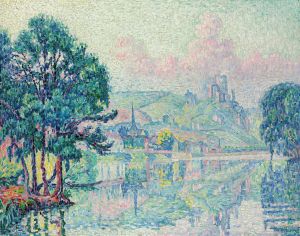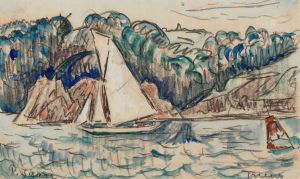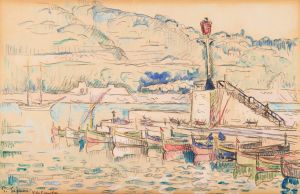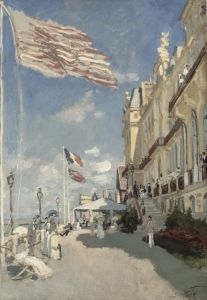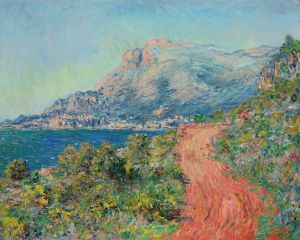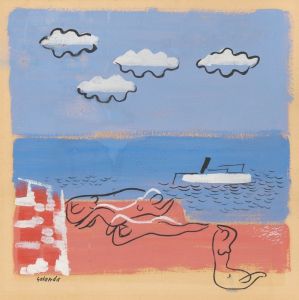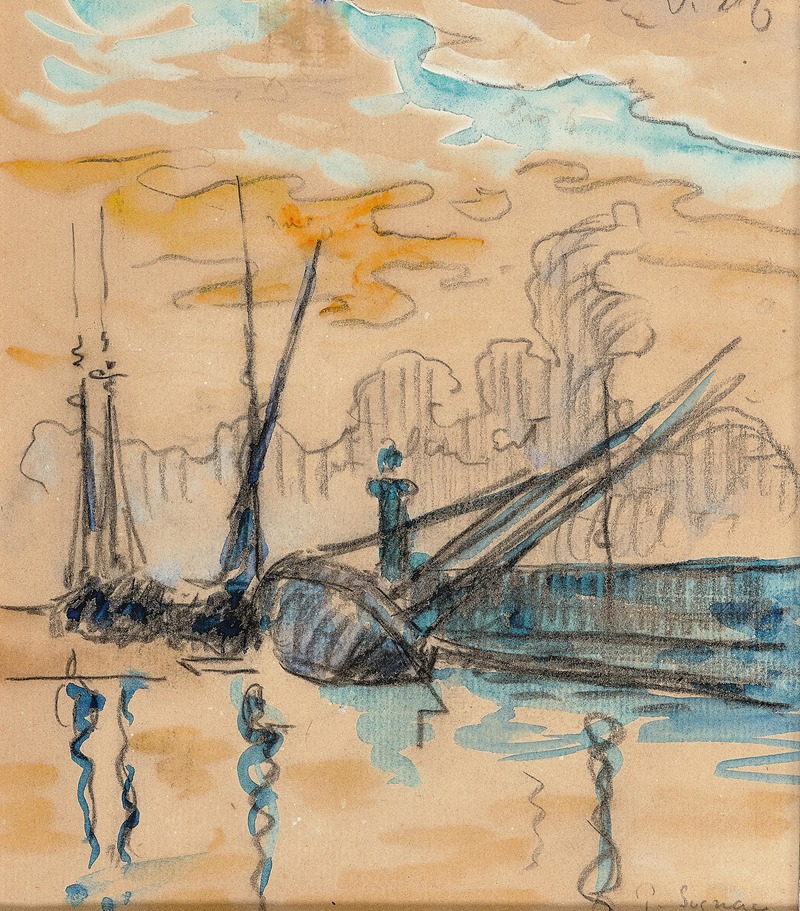
Saint-Tropez La jetée
A hand-painted replica of Paul Signac’s masterpiece Saint-Tropez La jetée, meticulously crafted by professional artists to capture the true essence of the original. Each piece is created with museum-quality canvas and rare mineral pigments, carefully painted by experienced artists with delicate brushstrokes and rich, layered colors to perfectly recreate the texture of the original artwork. Unlike machine-printed reproductions, this hand-painted version brings the painting to life, infused with the artist’s emotions and skill in every stroke. Whether for personal collection or home decoration, it instantly elevates the artistic atmosphere of any space.
Paul Signac's painting "Saint-Tropez, La Jetée" is a notable example of the artist's contribution to the Neo-Impressionist movement, which he helped to pioneer alongside Georges Seurat. Signac, born in 1863 in Paris, was initially influenced by the Impressionists but later became a key figure in the development of Pointillism, a technique characterized by the application of small, distinct dots of color to form an image.
"Saint-Tropez, La Jetée" captures the vibrant and serene atmosphere of the French Riviera, a region that held significant personal and artistic importance for Signac. In 1892, Signac purchased a house in Saint-Tropez, a small fishing village on the Mediterranean coast, which became a central hub for his artistic endeavors. The village's picturesque landscapes and unique quality of light provided endless inspiration for Signac, who was deeply interested in capturing the effects of light and color.
The painting depicts the jetty at Saint-Tropez, a structure extending into the sea, with boats and the tranquil waters of the Mediterranean surrounding it. Signac's use of the Pointillist technique is evident in the meticulous application of color, with each dot contributing to the overall harmony and luminosity of the scene. The painting's composition reflects Signac's interest in the interplay between natural and man-made elements, as well as his fascination with maritime themes.
Signac's choice of color in "Saint-Tropez, La Jetée" is particularly noteworthy. He employed a vibrant palette, using complementary colors to enhance the visual impact of the painting. This approach not only captures the essence of the Mediterranean environment but also demonstrates Signac's scientific approach to color theory, which was influenced by the writings of chemist Michel Eugène Chevreul and art critic Charles Blanc.
The painting is an excellent representation of Signac's mature style, showcasing his ability to blend technical precision with an emotive portrayal of the natural world. "Saint-Tropez, La Jetée" is not just a depiction of a specific location but also an exploration of the broader themes of light, color, and the passage of time. The work reflects Signac's belief in the power of art to evoke emotion and convey the beauty of the world through a carefully considered and methodical approach.
Throughout his career, Signac remained committed to the principles of Neo-Impressionism, advocating for the use of color and form to create harmony and balance in art. His works, including "Saint-Tropez, La Jetée," have had a lasting impact on the art world, influencing subsequent generations of artists and contributing to the development of modern art movements.
Today, "Saint-Tropez, La Jetée" is celebrated for its innovative use of color and technique, as well as its ability to capture the serene beauty of the French Riviera. It stands as a testament to Signac's artistic vision and his enduring legacy as a pioneer of the Neo-Impressionist movement.





